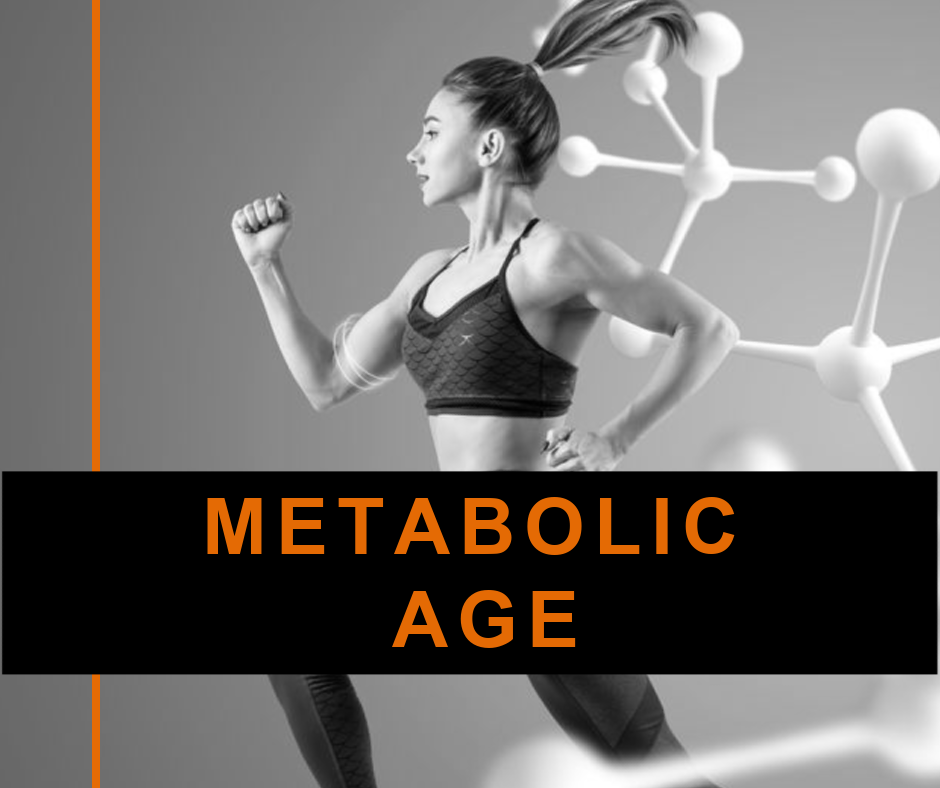As health and fitness professionals, we spend a significant amount of time studying and discussing metabolism. To our clients, this simply means how many calories they burn a day at rest and during exercise. Considering the nutrition aspect, our fitness clients might inquire “how many calories can I consume in order to lose (or maintain) weight?” This question isn’t as simple as identifying a solid number. There are numerous aspects to weight loss and weight maintenance that our clients need to understand to be successful. One of the pieces of the puzzle is metabolic age.
Metabolic age defined
Simplistically defined, metabolic age is a comparison between an individual’s basal metabolic rate (BMR) and the average basal metabolic rate for that individual’s chronological age. It’s possible for a client to be 30 years old and have a metabolic age of 25 (this is a good thing). It’s equally possible to have a 25-year-old client who has a metabolic age of 35 (not so great). The metabolic age of a client isn’t as easily identified as performing a basal metabolic rate calculation from an industry-accepted formula. In order to calculate this number, data from your client’s specific age group is required as well as an analysis of that client’s BMR (while recognizing that using a mathematical formula to calculate BMR isn’t as accurate as using something like a metabolic cart). Many personal trainers may not have the tools necessary to perform such an analysis.
Factors that influence metabolic age
Ideally, we all would love to maintain the metabolism we had at age 18; however, that’s not how the body (or aging) works. Further, metabolism and therefore metabolic age are impacted by several factors.
- Caloric Intake. Some clients fall victim to the notion of “if I cut my calories really low and increase my exercise, I’ll lose weight.” Theoretically, this makes sense. However, when calorie consumption falls below what is necessary for the human body to maintain normal/daily physiological functions (digestion, breathing, etc.), the metabolic rate slows and enters “conservation mode”, a form of adapative thermogenesis. Your body can compensate for a reduction of calories below RMR by slowing metabolism down between 5% – 30%.
In short, the body adapts in order to avoid possible starvation. All individuals should be mindful of caloric intake, but not the point that it compromises the health of all systems of the body. Practices such as yo-yo dieting, questionable supplement use, and chronically low caloric intake (and extreme expenditure) can negatively impact metabolic age.
- Body Composition. We also can’t ignore the fact that body composition influences metabolism. The more muscle tissue an individual has, the more calories are burned at rest even if that caloric burn isn’t as dramatic as we would like it to be. Lean tissue, unlike fat tissue, is metabolically active. It’s important for clients to understand the benefit of lifting weights regularly to help build lean tissue and reduce body fat percentage.
- Sleep. Clients can also influence their metabolic age by prioritizing sleep. Insufficient sleep is gaining more attention as it relates to health and fitness. It’s been demonstrated that poor sleep quality on a consistent basis negatively impacts metabolism and can lead to weight gain. It’s important for health and fitness professionals to discuss sleep quality with their clients.
- Balance. Finally, the balance of exercise and nutrition are significant pieces of the metabolic puzzle. You can help clients find the right balance between intake and expenditure by encouraging mindful food consumption and daily physical activity. Some clients may need a more robust nutritional intervention, so be sure to refer to a registered dietitian in your network to help create a more directed nutritional approach.
Metabolic age is most likely an unfamiliar concept to fitness clients, but it’s an important educational piece to share with them. Defining the components that impact metabolism beyond the obvious – diet and exercise – will provide clients a more robust understanding of how they can effectively achieve their goals.



